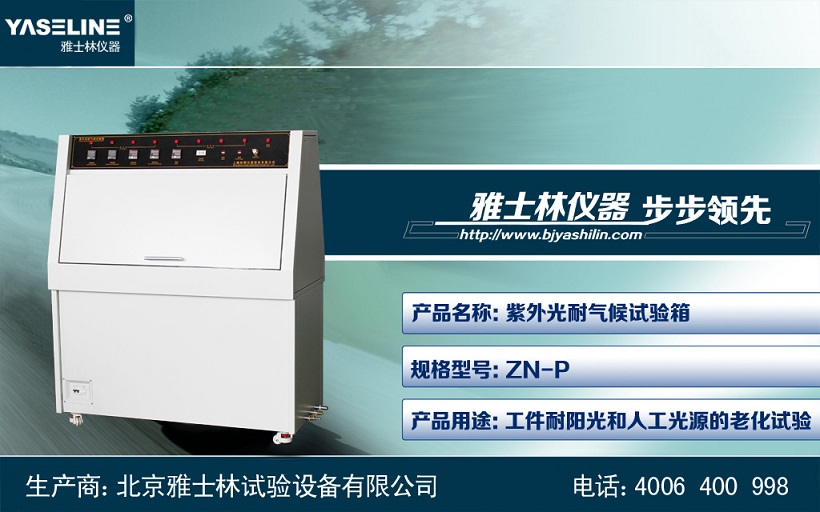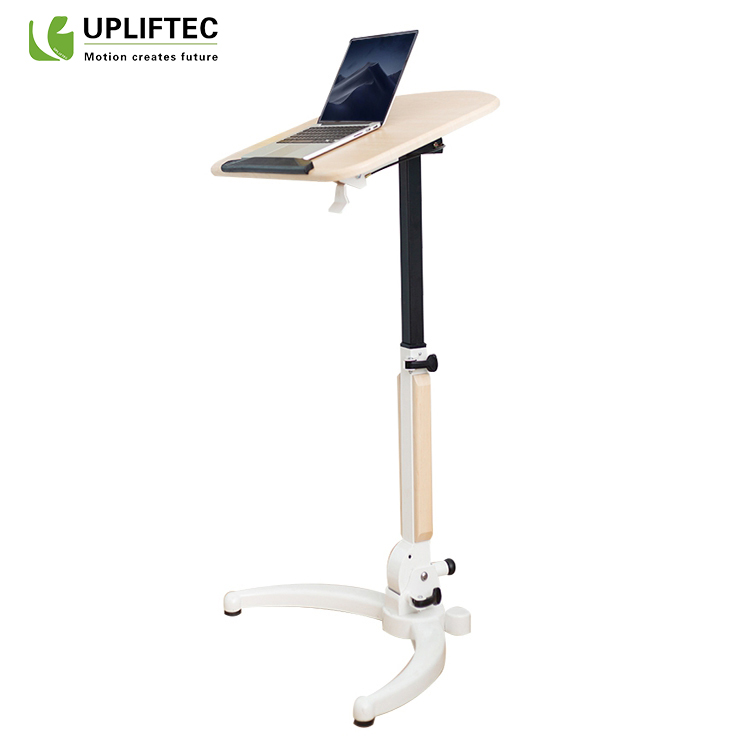Introduction to the main standards of UV aging test chamber
The UV aging test chamber originated in the United States and was later promoted worldwide, particularly in the coatings and plastics industries. At present, many national and international organizations have formulated relevant standards. Among them, the main and basic standards are ASTM G154, ISO 4892-3, and ISO 11507. The following are introduced separately:
ASTM G154: This standard is a standard published by the American Society for Testing and Materials. The current version is ASTM G154-06, which was formerly known as ASTM G53, which is a device-based standard and is now abolished. ASTM G154 is a basic standard for fluorescent UV lamp exposure testing. It is suitable for a variety of non-metallic materials. It specifies the requirements for UV aging test chambers and the test procedures. Several sets of test conditions are listed in the appendix. Although these conditions are for reference only, users are generally selected because they are widely used in the industry. It should be noted that the conditions listed in the current version have irradiance values, and these values ​​are reported. It is indispensable.
ISO 4892-3: This standard is a fluorescent UV lamp exposure test standard issued by the International Organization for Standardization for plastics. It describes the test principle, specifies the requirements for the UV aging test chamber, three test methods and corresponding six sets of test conditions, unless It is also stipulated that these conditions are preferred, and the same six sets of conditions have irradiance regulations.
ISO 11507: This standard is a fluorescent UV lamp exposure test standard issued by the International Organization for Standardization for coatings. It describes the test principle, specifies the requirements for the UV aging test chamber, specifies two test methods, and specifies the test conditions for Method A. There is no explicit requirement for irradiance, and for method B, only one test condition is recommended. (Table 5) lists the main standards of the fluorescent UV lamp exposure test and gives a brief description. For specific types of products or materials, the relevant agencies have issued a number of standards, which will not be described here.

The pneumatic lifting table is a simplification of the automatic lifting table. It eliminates the need for a motor or compressor, and adjusts the air pressure bar manually to achieve the function of lifting
advantage:1. Low price and high cost performance 2. No need to connect to electricity, no oil, good safety.
Disadvantages:1. The stability is not high 2. It takes a little effort to raise and lower, and some buttons need to be lifted by hand to achieve the purpose of up and down.

Adjustable Office Desk,Standing Computer Desk,Pneumatic Standing Desk,Office Desk Adjustable Table
Suzhou Uplift Intelligent Technology Co., Ltd , https://www.up-lifting.com